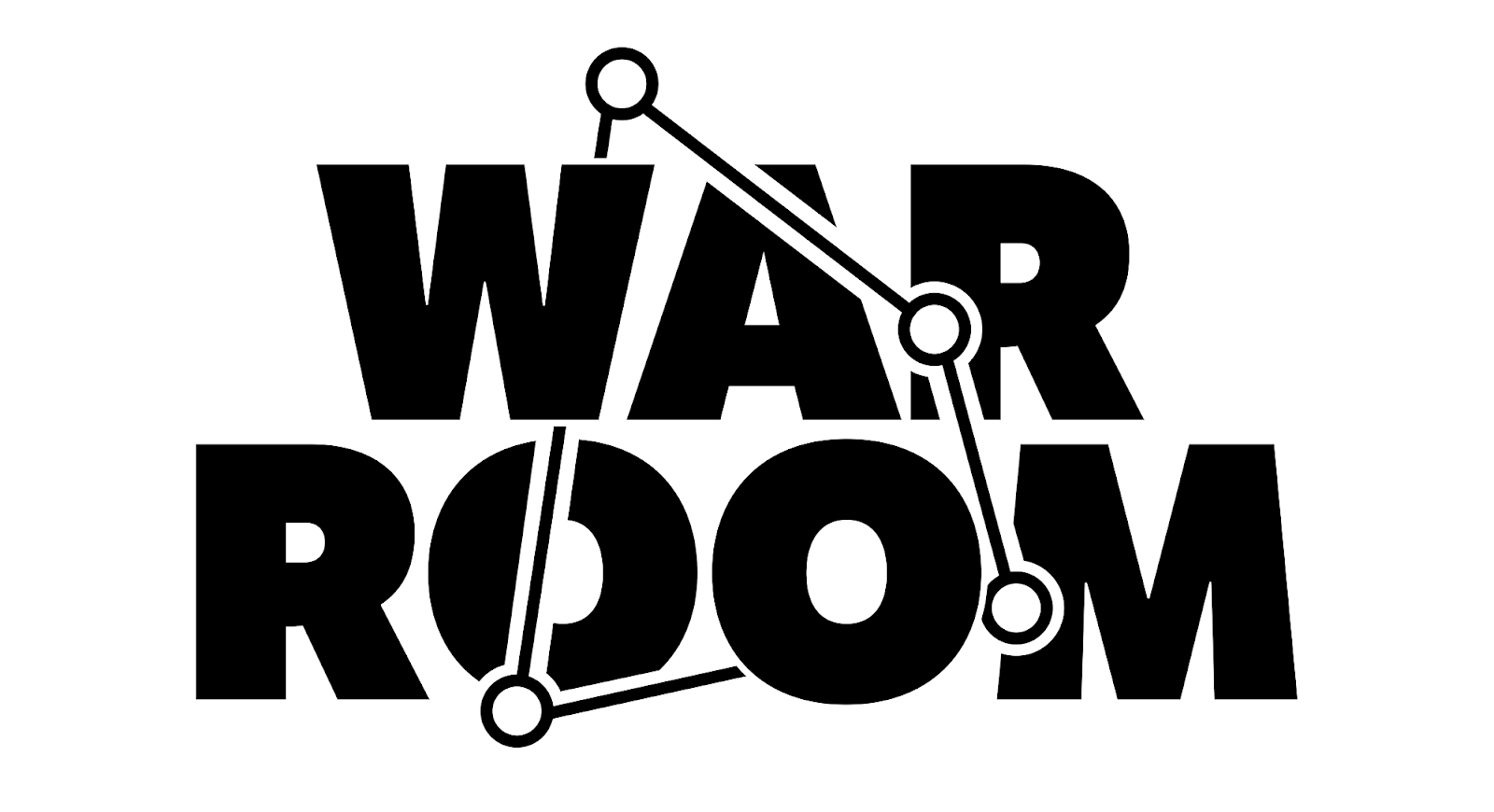ICYMI: The Hill: Democrats start blitz to sell infrastructure
November 11, 2021

**ICYMI**
| Key Point: “Democrats are readying a full court press to sell President Biden’s bipartisan infrastructure package to voters and protect their most vulnerable members in next year’s midterms. “On Tuesday, Biden participated in a virtual grassroots event with Democratic National Committee chair Jaime Harrison where the two discussed infrastructure legislation. The committee projected images highlighting the infrastructure plan on a hotel in downtown Baltimore ahead of Biden’s visit to the Port of Baltimore on Wednesday.” The Hill: Democrats start blitz to sell infrastructure By Julia Manchester and Tal Axelrod November 10, 2021 Democrats are readying a full court press to sell President Biden’s bipartisan infrastructure package to voters and protect their most vulnerable members in next year’s midterms. On Tuesday, Biden participated in a virtual grassroots event with Democratic National Committee chair Jaime Harrison where the two discussed infrastructure legislation. The committee projected images highlighting the infrastructure plan on a hotel in downtown Baltimore ahead of Biden’s visit to the Port of Baltimore on Wednesday. State parties are also getting in on the action, promoting the package and targeting Republicans who voted against it. Wisconsin’s Democratic Party and the state’s labor leaders held a press conference on Wednesday to sell the plan to Wisconsin voters and hit incumbent Republican Sen. Ron Johnson (R-Wis.) for his vote against the legislation. Meanwhile, the North Carolina, Georgia and Pennsylvania Democratic Parties held virtual press calls to sell the legislation. “It is part of our job to let people know exactly what Congress did for them in making this extraordinary investment,” said Rep. Madeleine Dean (D-Penn.). “We have a lot of educating to do.” […] However, Democrats say this time around the kitchen table issues, like infrastructure and health care costs, will ultimately make for better, tangible messaging to voters. Strategists say that this differs from 2010 when more complicated topics like cap and trade and the introduction of the Affordable Care Act. “Unlike in 2010, this cycle Democrats have a strong, concise, and clear message that addresses voters’ top priorities,” said Democratic Senatorial Campaign Committee communications director David Bergstein, who worked at the Democratic Congressional Campaign Committee in 2010. “We’re growing jobs through investments in infrastructure, we’re lowering costs like healthcare and we’re cutting taxes for working families. These are popular proposals and the fact that Republican Senate candidates are opposing all of these ideas will lead their campaigns to defeat in 2022,” he continued. Democrats also suggest there are key differences between 2009 and 2021, chiefly the lack of a movement in opposition to Biden that equals the sudden and sizeable influence enjoyed by the Tea Party at the time. “To me the biggest difference is that in 2009/2010, you did have the emergence of the Tea Party that caught fire. It mobilized their side and our side was depressed,” said Democratic pollster Molly Murphy. “And there is the MAGA crowd, but we do not have some emerging movement brewing and elevating the danger of Biden’s, Democrats’ policies in the way you did then. For all of the ambitious policy items Dems and Biden are working on, there has been no real revolt from the other side.” On the policy front, Democrats are also optimistic that they will be able to pass their social and climate spending plan before year’s end, whereas ObamaCare wasn’t passed until 2010. And while the current reconciliation package contains provisions that remain popular even after contentious negotiations, ObamaCare faced approval ratings in the basement after the fierce partisan fight over the bill. “[T]he sausage-making never helps. Democrats need to get on to showing people that the sausage was high in protein. There’s a major difference to 2009 in that these plans are overwhelmingly popular by nearly 20 points while the Affordable Care Act was underwater by the time it passed. So Democrats have a major imperative to show people that we’ve delivered an economic agenda in these plans, but we don’t have the wind in our face,” said Democratic strategist Jesse Ferguson. Ferguson said those differences indicate that while Democrats certainly face headwinds next year, all hope is not lost for the House and Senate, noting that last week’s disappointing loss by McAuliffe and surprisingly narrow victory by New Jersey Gov. Phil Murphy (D) were still better results than in the same two races in 2009. “The past is not prologue here. Between 2008 and 2009, there was a 23-point shift away from Democrats. This time around in Virginia, there was a 12-point shift. Similarly, in New Jersey, in 2009, Democrats lost, and in 2021, we narrowly held,” he said. “This is going to be a tough midterm and we have a lot of work to do to right the ship, but at the same time, it’s not too late and the die is far from cast on where we’re gonna land.” (MORE) |
| ### |